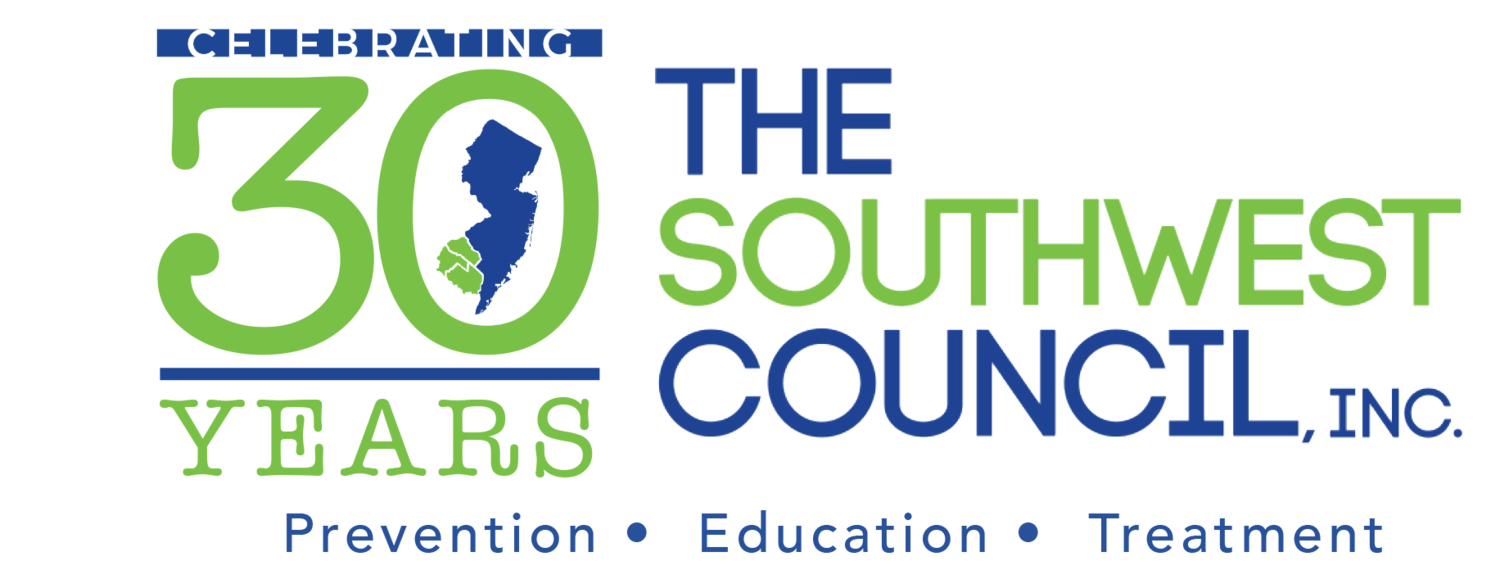By: Robert Regler
The opioid epidemic in the United States has been an increasing problem. Opioid overdoses first became a major problem beginning in the 1990’s and early 2000’s due to the misuse of prescription drugs. More recently, there has been an increase in opioid use due to the increased use of heroin. In 2017, there were 70,237 deaths due to drug overdoses and opioids accounted for almost 68 percent of them. These numbers have been increasing year by year and they do not seem to be trending on the decline. With the epidemic on the rise, one may wonder what they can do to combat the crisis. The simplest and arguably one of the most effective ways to fight the opioid epidemic is to become trained in the administration of Narcan.
Narcan (otherwise known as naloxone), is an opioid suppressant that is administered through the respiratory system. Once it is administered to the individual, the Narcan binds to the opioid receptors and restores breathing back to a normal rate. In some instances, the person who overdosed will return to their original state as if they never took the drug in the first place. However, Narcan administration is not a substitute for actual medical assistance. It buys time for the individual who had overdosed and creates a window for one who is Narcan trained to call 911 to seek medical attention for the overdosed individual.
Narcan training has been growing in the recent years. Training will include how to identify a potential overdose, how to properly administer Narcan, and proper ways to ensure your Narcan kit is up to date. In New Jersey, there are several ways in which one can receive this training. The first way is to go through your local pharmacy where they will provide the actual Narcan as well as instructions on how to use the Narcan and proper follow up procedures. Narcan can be administered through a pharmacist without the use of a prescription in 48 states including New Jersey. In addition, community-based events have become more popular where one can attend a meeting and receive the same type of training. These events are usually free of charge and attendees will receive the proper training as well as ways to follow up and receive additional doses if they exhaust their supply.
While Narcan training does not solve the immediate crisis at hand, it helps those who experience an opioid overdose to have a window of rescue that may not have been present before. Without the use of a Narcan kit, the window for help greatly decreases and the individual will have a lower chance at survival. If you are interested in Narcan training and its benefits, contact your local pharmacy and reach out to your community to see if they are holding any type of training events.
The Southwest Council, Inc. provides free presentations on various topics, including Narcan training, for all members of the community. If you are interested in having a presentation, please feel free to reach out at (856) 794-1011 or visit us online at www.southwestcouncil.org .
Sources
https://nj.gov/health/integratedhealth/services-treatment/naloxone.shtml#1
https://www.ncbi.nlm.nih.gov/pmc/articles/PMC5219773/
https://www.cdc.gov/mmwr/volumes/67/wr/mm675152e1.htm?s_cid=mm675152e1_w



















